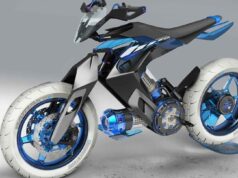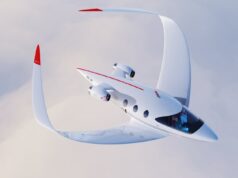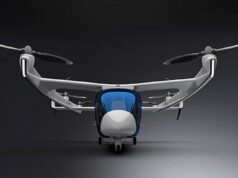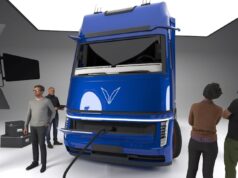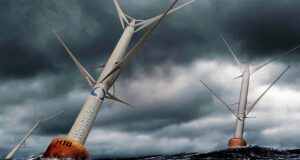A new era of supersonic flight might be just around the corner, but there are challenges to overcome when it comes to flying faster than the speed of sound, the “Hyper Sting” (alias -the Peregrine Falcon-) designed by Oscar Viñals is a new concept about of future supersonic commercial airplanes.
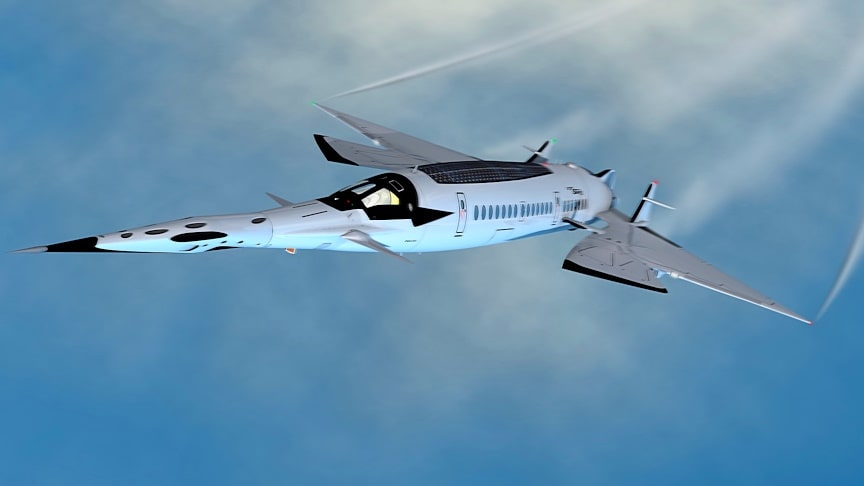
source-image: Oscar Viñals
The “Hyper Sting” concept has the objective to become, in some ways, different to other future concepts, due to incorporation of innovative solutions, like, a new fuselage geometry (central body) with active variable geometry wings, a new concept system to reduce the sonic boom, a new system to create energy for the airplane, a new concept of engines, a new aerodynamic devices, capable to generate for itself energy and also a new guidance system.
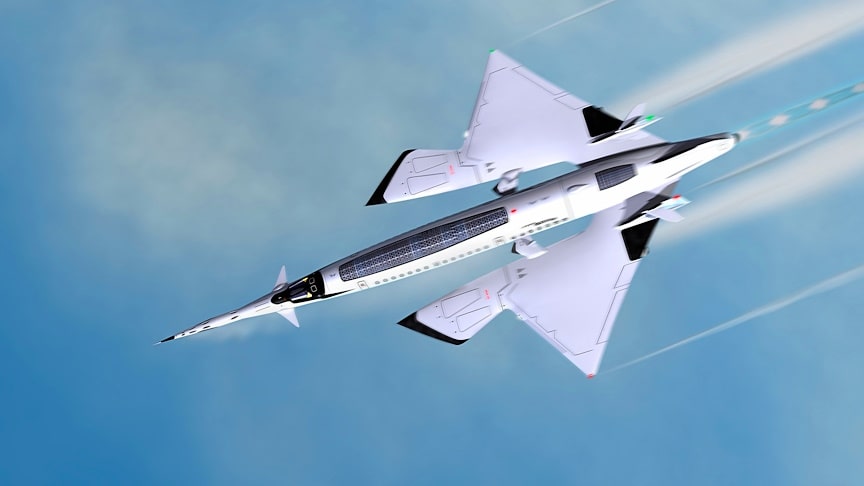
source-image: Oscar Viñals
How could the “Hyper Sting” be?The fuselage would have the shape of a “big sting” with a very sharp “nose”, that would have the function to control the front airflow (pressure/speed), in order to redistribute it over the central part and over the wings with the objective to reduce the overlapping wavefronts, reducing the acute angle of the shock cone at supersonic speed, that creates shock waves united, to form a large sonic wave that become into an “N” shape, which creates the loud sound, noise generally be heard within a 30-mile radius.
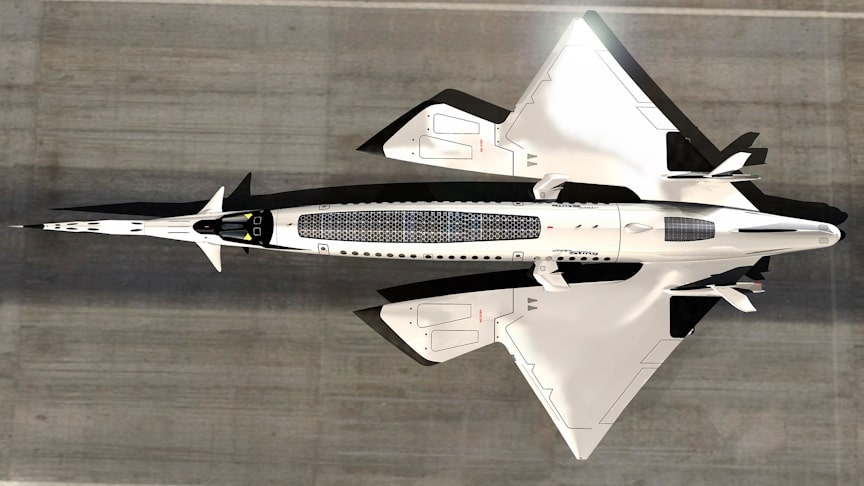
source-image: Oscar Viñals
The airplane would have an innovative trident shape (fuselage-wings) and thanks to a system based on multiple thrusters (16 units) located on the “nose” of the airplane and controlled by an AI system with hundreds of sensors all around the plane, could control and reduce the sonic boom effect.
Advertisement
Powered by four hybrid turbojet (hydrogen/electric next gen of airplane engines) with “afterburners” (only used only to pass through the upper transonic regime to supersonic speeds up to Mach 1.5) and a ramjet system incorporated inside of each of those engines with a front diffusers that could compress the intake air.
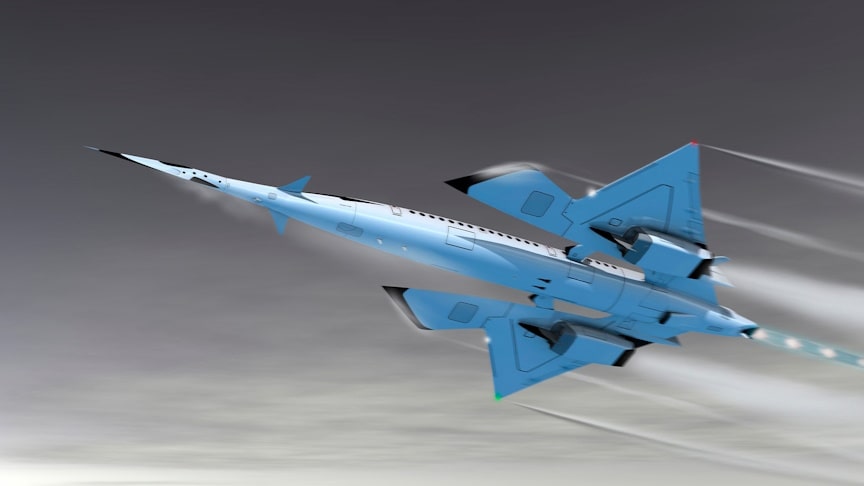
source-image: Oscar Viñals
Changing its angle of incidence, those could being to run at Mach 1.5, wouldn’t be the optimal speed with the current ramjet engines, but thanks to use a new type of combustion chamber with plasma power and hydrogen fuel mixed with inlet air at supersonic speed, could produce a maintainable thrust up to Mach 3.5 (4,287 kph)…more info: Oscar Viñals
The amounts of fuel that would use to propel the airplane would be low, due to the combustion at very high temperature (plasma) & high pressure.Also, could have a “big” ramjet engine, located on the rear part of the fuselage that could generate a “rocket” thrust,, in order to assist the main airplane engines at supersonic speed.-Made on carbon fiber, special aluminum alloys, structures of graphene, titanium, meta-materials, ceramic composites and more.

